Rasoul Khalifeh Soltani, Secretary of the Iranian Steel Producers Association, stated that the Iranian steel industry was only able to produce without electricity and gas restrictions in one month out of 12, stating, "The sector lost an average of more than 110 days of production. If electricity and gas prices had been reduced for steel producers in response to this situation, the decline in production and the underutilization of capacity could have been partially offset. However, unfortunately, we are witnessing a different and peculiar approach: energy is not being supplied adequately, and at the same time, prices are increasing!".
Soltani emphasized that Iran generates an annual revenue of USD 18 billion from the steel industry, stating, "This means that the current domestic steel production is 30 million tons. If this volume had to be imported from abroad, at an average price of USD 600 per ton, the USD 18 billion currently earned from domestic production would have to be paid for imports. This amount is equivalent to one-third of the country's total annual non-oil export revenue," he continued.
Soltani stated, "Today, the state of the steel industry is being assessed based on financial reports from three years ago, and decisions and judgments are being made accordingly, even among policymakers. As a result, while production costs are rising rapidly, the market remains stagnant, and steel product prices are under strict control. The burden of energy imbalances and rising energy costs is placing heavy pressure on the industry. The power outages currently affecting the steel industry are hard to believe. The steel industry consumes 5,500 megawatt-hours of electricity, with 4,000 megawatt-hours, or 73%, produced by steel companies. However, when the country faces energy imbalances, the electricity produced by steel producers is ignored, and their power is cut off!".


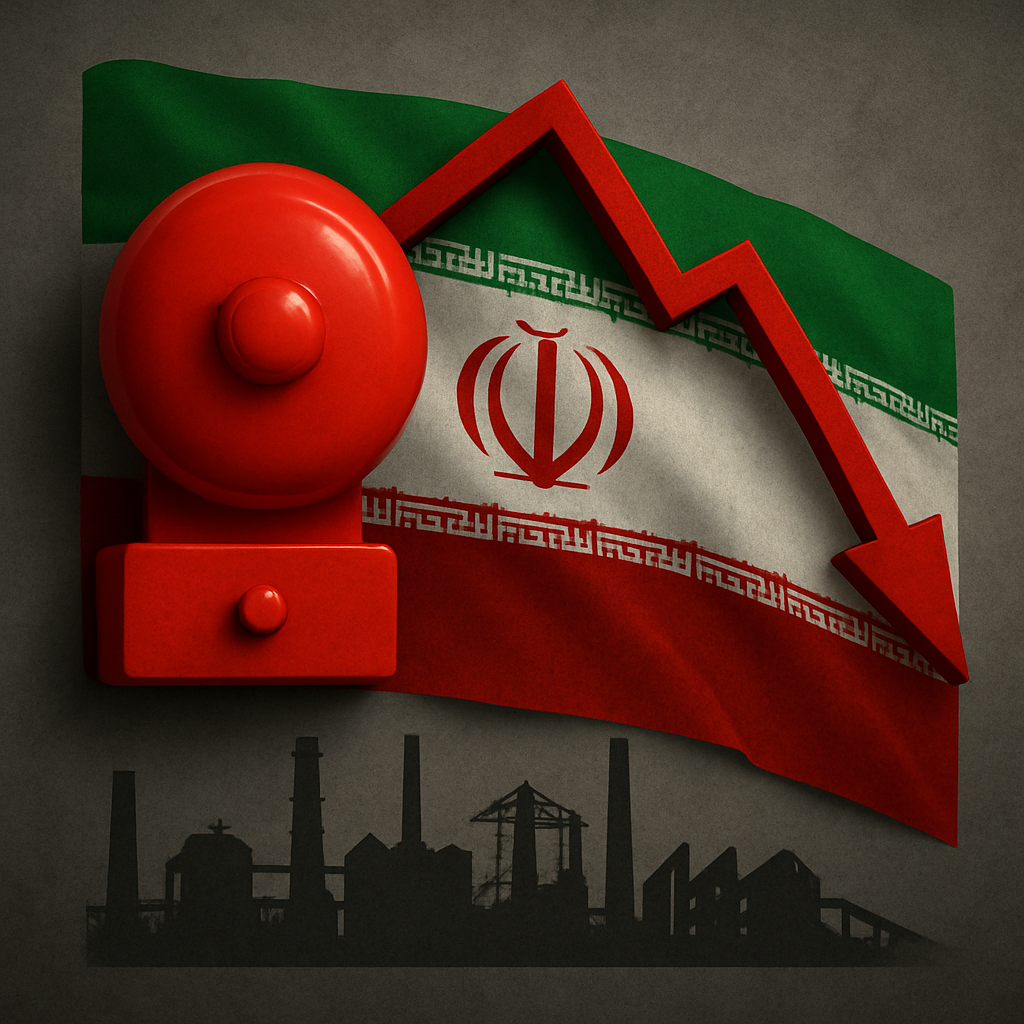
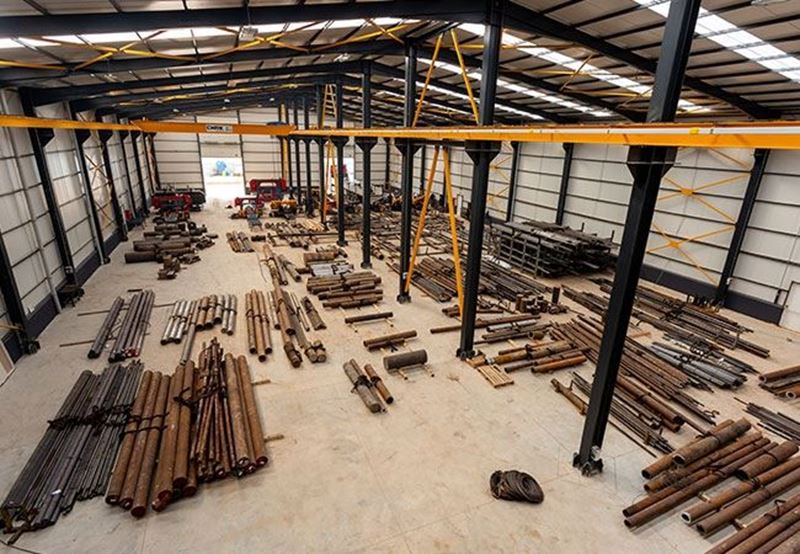
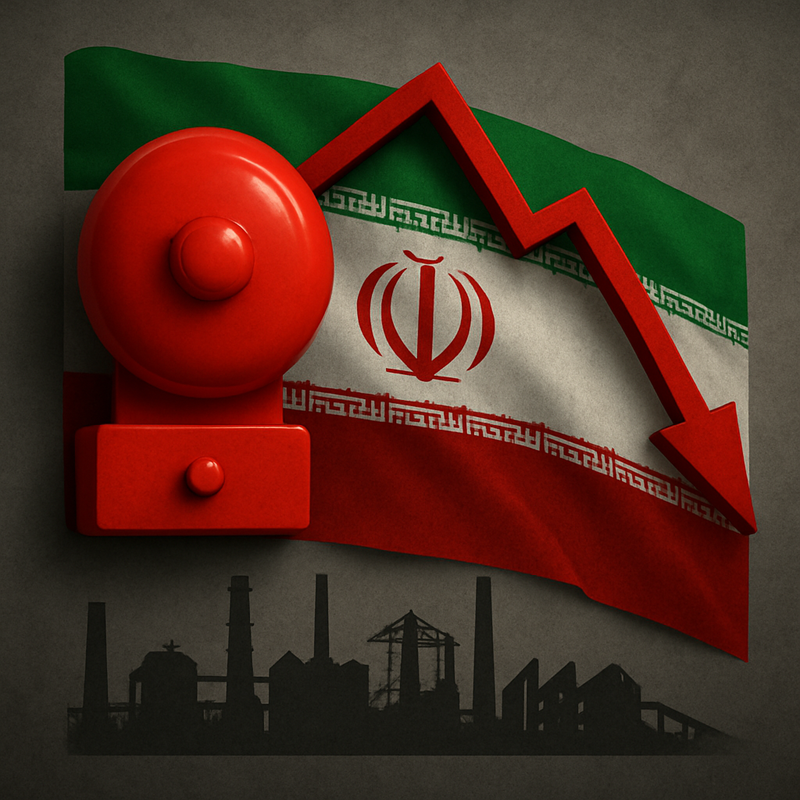
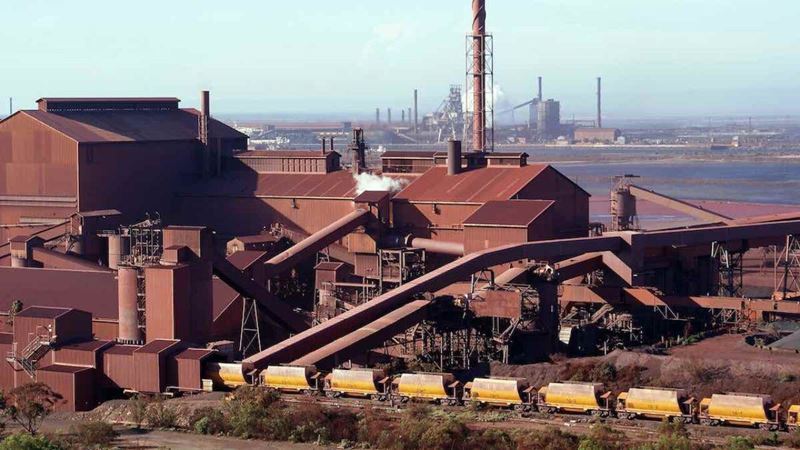
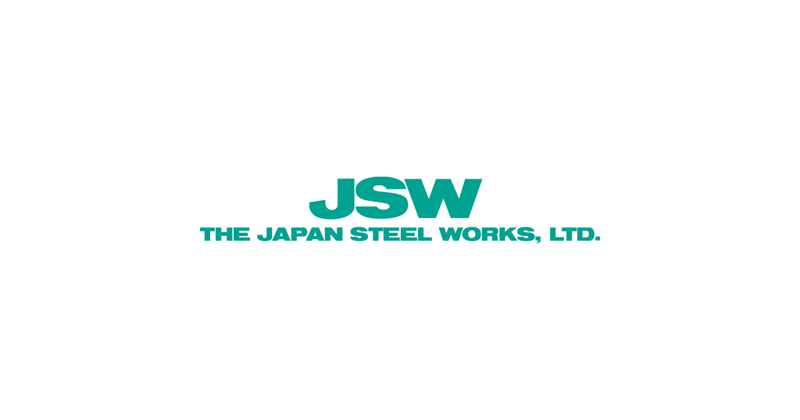
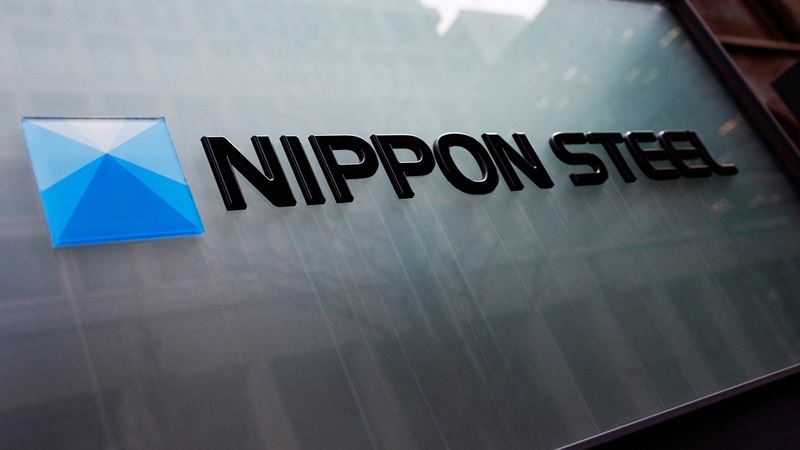

Yorumlar
Henüz yorum yapılmadı